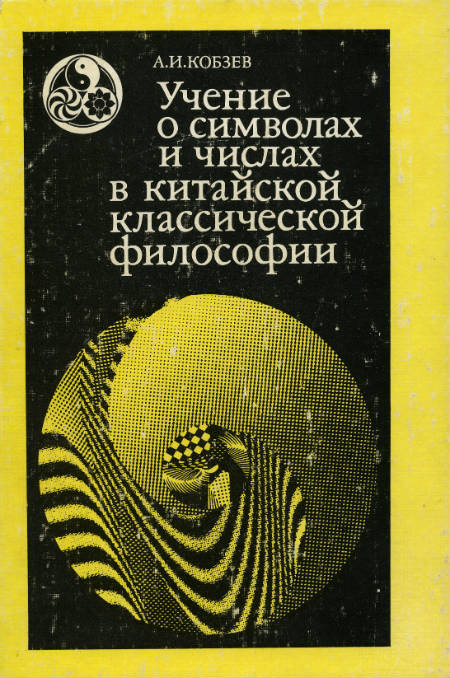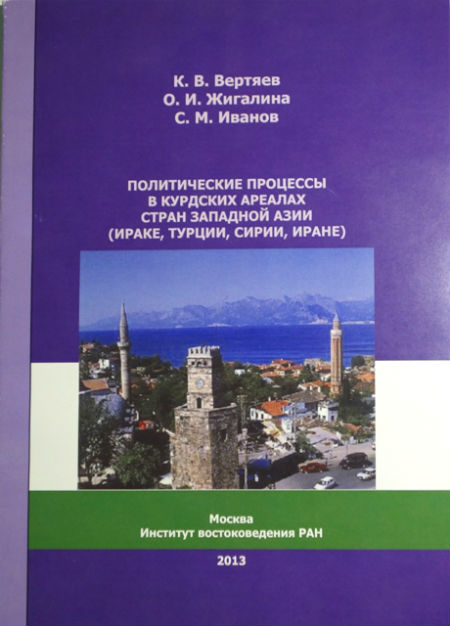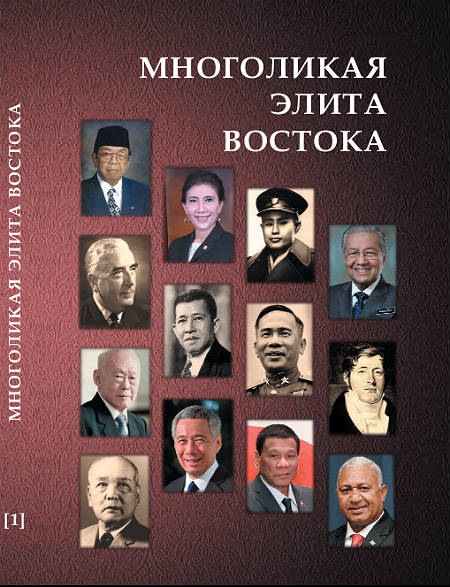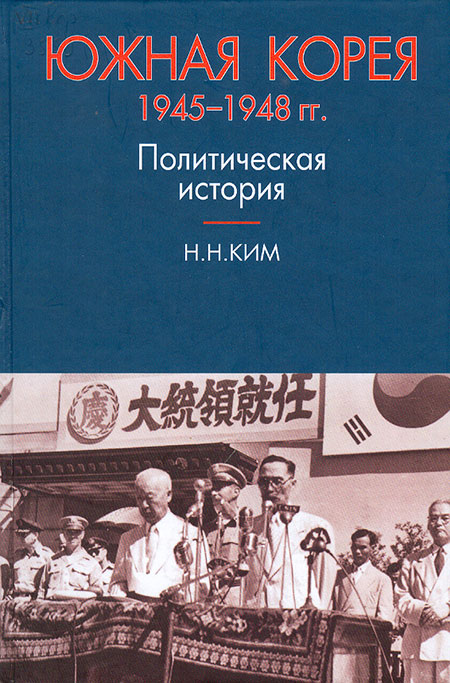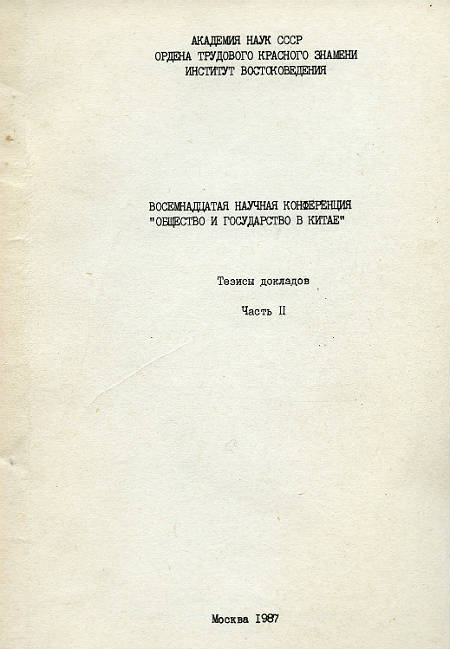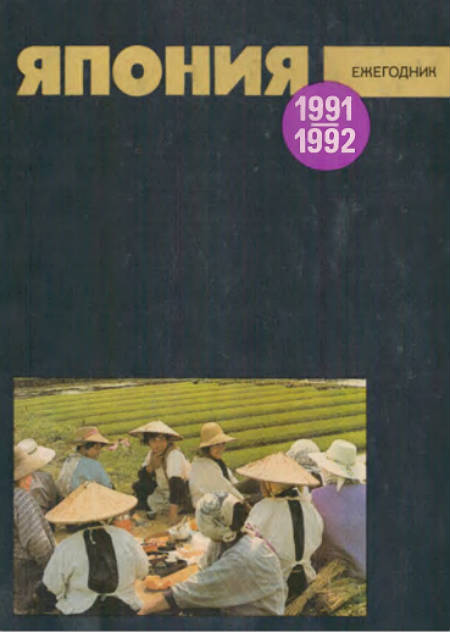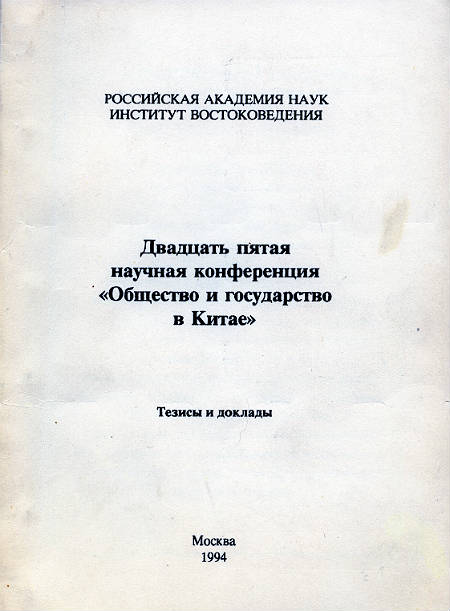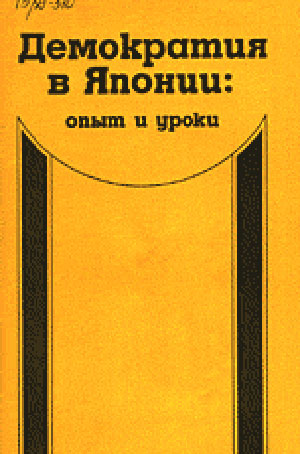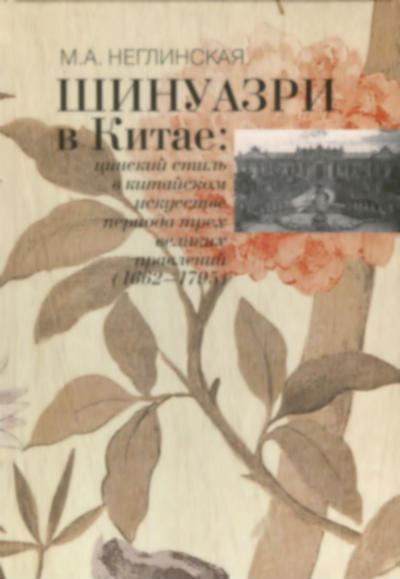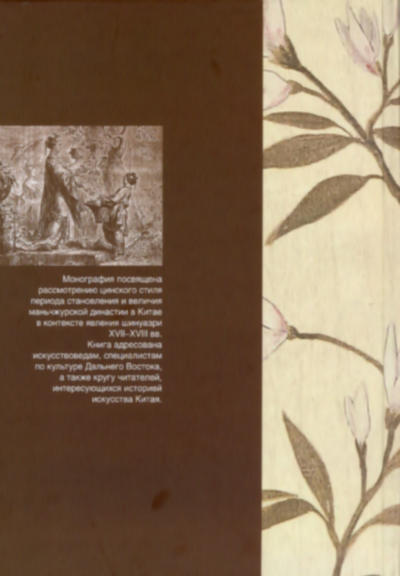Book
Chinoiserie in China : Qing Style of the Three Emperors (1662 – 1795). 2nd impoved ed.
Еditor: Anatolij Vyatkin
Institute of Oriental Studies of the Russian Academy of Sciences
Москва, 2015, 468 p.
Main subject covered by the book is the style, existing in Chinese ceremonial, court, and export art during three great reigns of Manchu-led Qing Dynasty (1644 – 1911): Kangxi (1662 – 1722), Yongzheng (1723 – 1735) and Qianlong (1736 – 1795). A basic constituent of Qing style and correlation between tradition and innovation in its structure are showed. The selected approach allowed looking at Manchu age style as at representation of ruling house cultural conception that existed during the years of Kangxi’s presidency. This concept reflected Qing elite determination to apply advances of Chinese culture. At the same time Manchus attempted to compensate powerful authority pressure of Chinese cultural heritage. From the ancient times till the end of the Qing period state ritual was the pivot of Chinese culture. Research of works relating to ritual sphere gave an opportunity to find out basic layers of Qing style: “archaeological” (first of all – proclaim “style of Zhou epoch”), “Tibetan” and “European”. The unique situation during the Three Emperors period led to cause the intention to assimilate intellectual “gifts” of western civilization, proposed by the Age of Enlightenment through the mediation of Catholic missionaries. Implementation of the cultural concept of the Manchu dynasty, outlined in Kangxi and excellently completed in days of Qianlong, appeared possible only within professional art. It demanded restoration and reorganization of court workshops. The multilayered Qing style of the XVII – XVIII centuries simulated by the western experts for the Manchu court in Beijing, is represented methodically and structurally close to European chinoiserie existing in the tideway of classical styles as at those and other cases, first, there were similar components, and, secondly, the perception of customers and artists was mediated by the culture which has brought them up. Isomorphism of western chinoiserie and contemporary to it variant of Qing style of the Three Emperors period allows considering them as the phenomena of one order – two polarities which were forming unity of higher level. And still it is necessary to reappraise the role of innovations of the western origin in Qing art for several reasons. Firstly, received result was reflection of the esthetic choice of a Qing dynasty. Secondly, techniques, forms, images and plots, which were borrowed from Europe and were assimilated in Chinese art, became signs of the dynasty, having designated its unique shape in the history of imperial China. And, at last, the cultural exchange with European civilization enabled China to realize anew and update their world. The book is meant for experts in fine art, culture of the Far East, as well as for a readership interested in the history of Chinese arts.
РУССКАЯ ВЕРСИЯ: Шинуазри в Китае : цинский стиль в китайском искусстве периода трех великих правлений (1662 – 1795). 2-е изд., испр.

